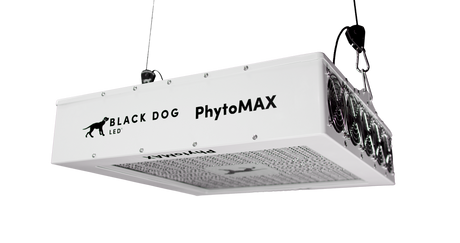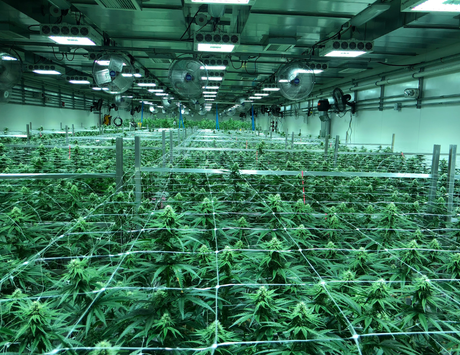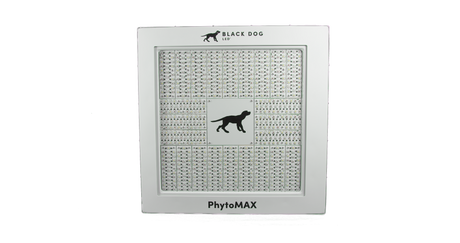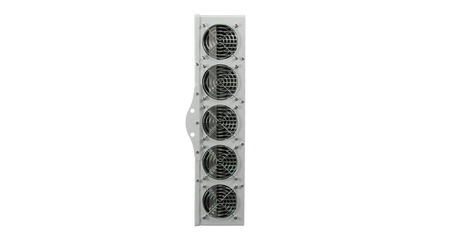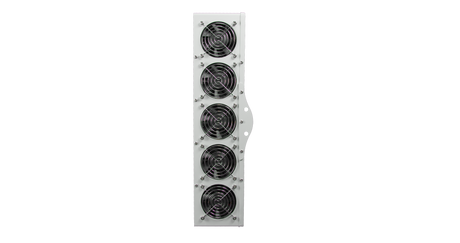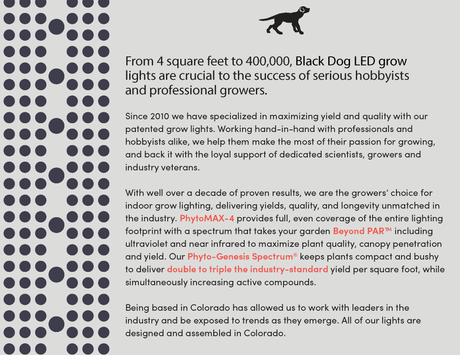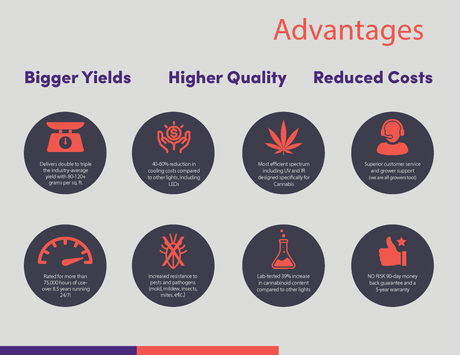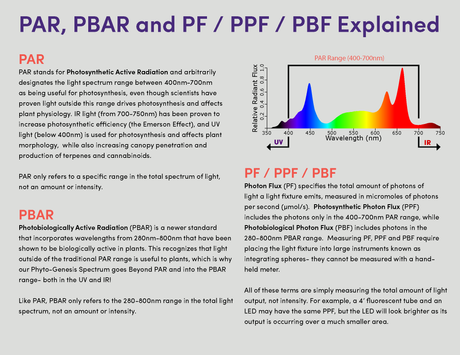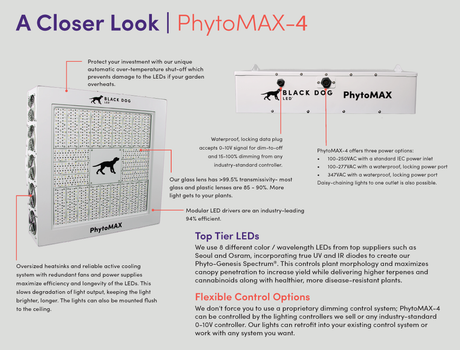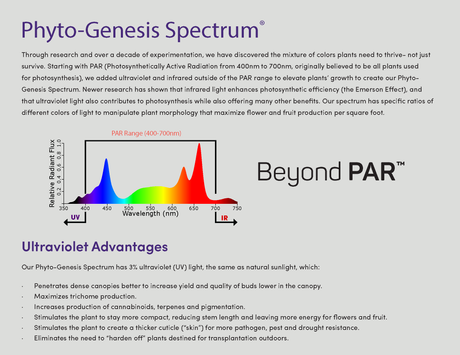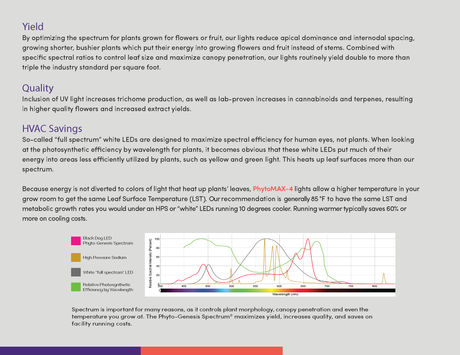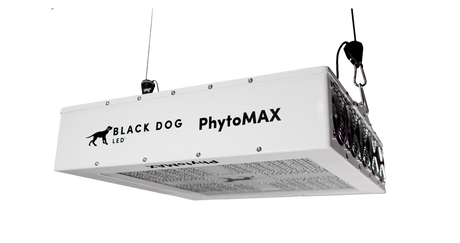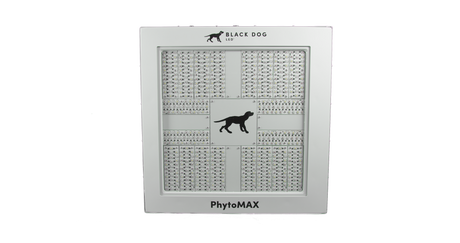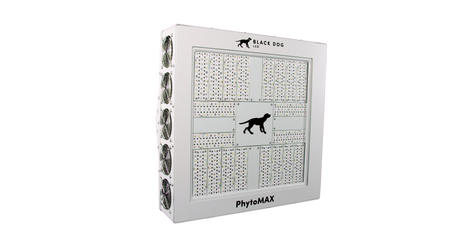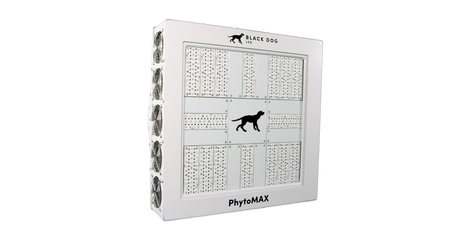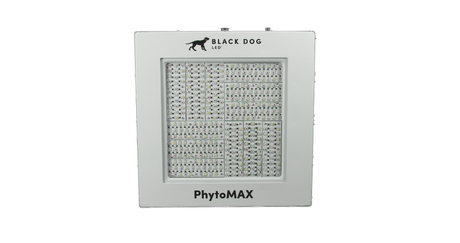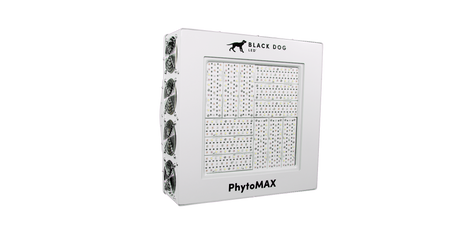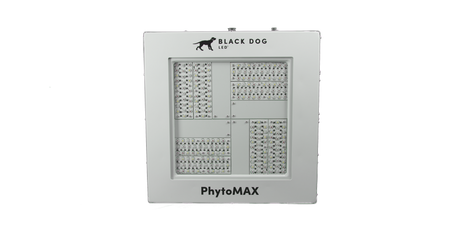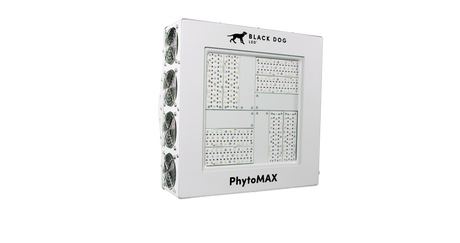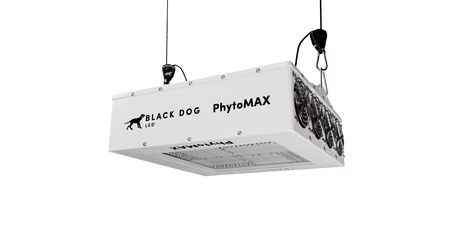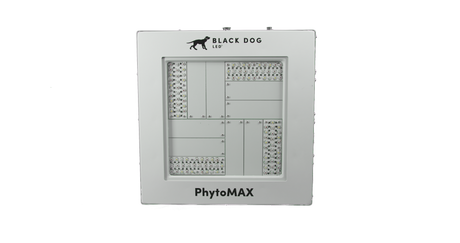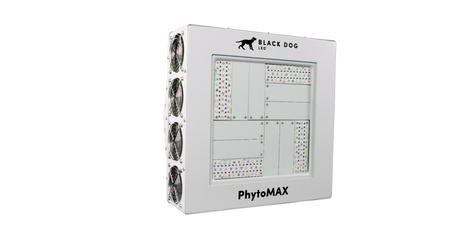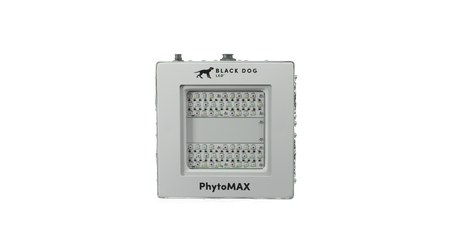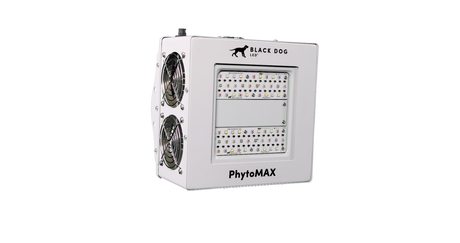Question: I'm new to indoor gardening and overwhelmed by all the LED grow light options. What are the key factors I should consider to choose the right light for my plants?
Question: I'm new to indoor gardening and overwhelmed by all the LED grow light options. What are the key factors I should consider to choose the right light for my plants?
-

- Sale
AC Infinity
AC Infinity IONFRAME EVO10 Commercial LED Grow Light 1000W
In stock$99900$1,29900Unit price /Unavailable - Sale
AC Infinity
AC Infinity IONFRAME EVO8 Commercial LED Grow Light 730W
In stock$79900$89900Unit price /Unavailable - Sale
AC Infinity
AC Infinity IONFRAME EVO6 Commercial LED Grow Light 500W
In stock$55900$69900Unit price /Unavailable - Sale
AC Infinity
AC Infinity IONFRAME EVO4 Commercial LED Grow Light 300W
In stock$34900$44900Unit price /Unavailable - Sale
AC Infinity
AC Infinity IONFRAME EVO3 Commercial LED Grow Light 280W
In stock$31900$39900Unit price /Unavailable AC Infinity
AC Infinity IONBOARD S44 | Full Spectrum LED Grow Light 400W | Samsung LM301B | 4x4 Ft. Coverage
In stock$39900Unit price /UnavailableAC Infinity
AC Infinity IONBOARD S33 | Full Spectrum LED Grow Light 240W | Samsung LM301B | 3x3 Ft. Coverage
In stock$26900Unit price /UnavailableAC Infinity
AC Infinity IONBOARD S24 | Full Spectrum LED Grow Light 200W | Samsung LM301B | 2x4 Ft. Coverage
In stock$24900Unit price /Unavailable- Sale
AC Infinity
AC Infinity IONBOARD S22 | Full Spectrum LED Grow Light 100W | Samsung LM301B | 2x2 Ft. Coverage
In stock$9900$12900Unit price /Unavailable AC Infinity
AC Infinity IONBEAM S11 | Full Spectrum LED Grow Light Bars | Samsung LM301H | 11-Inch
In stock$6999Unit price /UnavailableAC Infinity
AC Infinity IONBEAM U4 | Targeted Spectrum UV LED Grow Light Bars | 4-Bar Kit | 11-Inch
In stock$8799Unit price /UnavailableAC Infinity
AC Infinity IONBEAM S16 | Full Spectrum LED Grow Light Bars | Samsung LM301H | 16-Inch
In stock$8999Unit price /UnavailableAC Infinity
AC Infinity IONBEAM U2 | Targeted Spectrum UV LED Grow Light Bars | 2-Bar Kit | 11-Inch
In stock$5899Unit price /Unavailable

